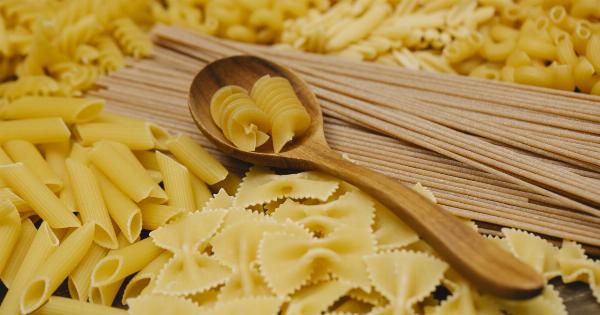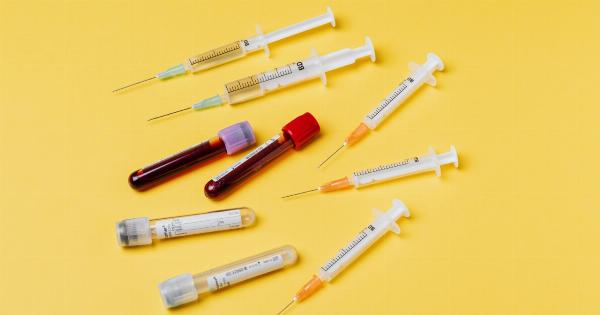Printing Food: The Future of Dining.
What is 3D Food Printing?
3D food printing is an innovative technology that enables the creation of edible objects layer by layer using materials such as food pastes, gels, and powders.
This process involves using a 3D printer with a food-grade extruder to deposit the food materials according to a pre-programmed design. The result is intricate and customizable food creations that can revolutionize the way we prepare and experience meals.
The Advantages of Printing Food
1. Creative Freedom: 3D food printing empowers chefs and home cooks to explore new dimensions of creativity in the kitchen.
With the ability to design and print intricate shapes and structures, culinary artists can reimagine traditional dishes and present their creations in visually stunning ways.
2. Personalized Nutrition: 3D food printing allows for precise customization of meals based on individual nutritional needs and dietary restrictions.
It opens up opportunities for tailored diets and personalized meals that can enhance people’s well-being and health.
3. Waste Reduction: By using 3D food printing technology, we can reduce food waste significantly. The ability to print exact quantities and create shapes with minimal leftover material means less food being discarded at the end of a meal preparation.
4. Sustainable Practices: Printing food offers environmental benefits, such as reducing the carbon footprint associated with transportation and distribution.
Localized production and the use of sustainable ingredients can contribute to a more eco-friendly food system.
5. Enhanced Food Safety: With 3D food printing, it is possible to sterilize the food materials before printing, ensuring high levels of hygiene and reducing the risk of foodborne illnesses.
Precise control over the printing process also minimizes the chances of contamination.
Applications of 3D Food Printing
1. Gastronomy and Fine Dining: Top chefs around the world have embraced 3D food printing as a tool for innovation and culinary expression.
It allows them to push the boundaries of their craft and create unique dining experiences that blend taste and visual artistry.
2.
Healthcare and Personalized Nutrition: 3D food printing has the potential to transform the healthcare industry by enabling the creation of customized meals for individuals with specific dietary requirements, such as the elderly or patients with medical conditions.
3. Food Accessibility and Humanitarian Aid: In areas with limited access to fresh produce, 3D food printing can provide a solution by creating nutritious meals using locally available ingredients.
This technology also holds promise for the provision of emergency food aid during crises.
4. Space Exploration: NASA has been exploring the use of 3D food printing for astronauts during long-duration space missions.
This technology could enable the printing of fresh, nutritious meals on-demand, reducing the need for extensive food storage and preserving the astronauts’ mental well-being.
Challenges and Future Developments
While 3D food printing holds great promise, there are still challenges to overcome before it becomes mainstream in households and restaurants. Some of the key challenges include:.
1. Cost: Currently, 3D food printers and food-grade materials can be expensive, limiting their accessibility to the general public.
2. Taste and Texture: Achieving the desired taste and texture in 3D-printed food can be challenging. The technology is still evolving to replicate the sensory qualities of traditionally prepared meals fully.
3. Ingredient Availability: The variety of printable food ingredients is still limited compared to what is available in traditional culinary practices. Developing new printable food materials is an ongoing area of research.
4. Consumer Acceptance: Convincing consumers about the benefits and safety of 3D-printed food is crucial for its widespread adoption.
Despite these challenges, ongoing research and development in 3D food printing are focused on addressing these concerns.
Future developments may involve improvements in taste and texture, affordability, and the introduction of new, sustainable food materials.
Conclusion
3D food printing has the potential to transform the way we dine and engage with food.
From personalized nutrition to creative gastronomy, this innovative technology offers numerous advantages in terms of customization, waste reduction, and sustainability. While there are challenges to overcome, continuous advancements in 3D food printing hold promise for a future where our meals are not only delicious but also visually captivating and tailored to our individual needs.





























